Today's Tidbit... Factoid Feast IV
As discussed in Factoid Feast I, Factoid Feast II, and Factoid Feast III, my searches through football history sometimes take me to topics too important to ignore but too minor to Tidbit. Such nuggets are factoids, three of which are shared with you today.
More Ugly Uniforms of the 1930s
I've claimed on multiple occasions that football's use of new materials to create uniforms contributed to the 1930s being the decade with the game's ugliest uniforms. Satin pants and mixed fabrics led to a proliferation of stripes on the uniforms.
I continue to hold that position and will do so until my last breath, but I recently came across a hockey uniform that shows football was not the lone participant in the 1930s ugly uniform derby.
Don't Mix Tobacco and Football
As I recall from my high school days, athletes were forbidden from using alcohol or tobacco and risked losing their eligibility if found out. Unfortunately for Chester Mares, who played semi-pro football for Klesch Sports of Cleveland, tobacco use was not just a long-term health risk. Playing fullback in a game in Willoughby, Ohio, Mares threw a pass and was immediately tackled to the ground. At that point, the plug or wad of tobacco he was chewing while playing became lodged in his throat. The Heimlich maneuver arrived in 1974, forty-one years after Mares needed it, with the result that Mares died of strangulation on the field.
Mares died the same weekend as Jack Trice, an Iowa State player for whom their stadium gets its name. Both deaths counted in the year's football fatalities.
Row The Boat
Minnesota coach PJ Fleck has become associated with the Row the Boat mantra, but has nothing on Howard Reiter, former Wesleyan and Lehigh coach. Reiter was an All-American halfback at Princeton in 1899 before enrolling in divinity school.
In 1903, he took over as director of physical conditioning at Wesleyan, and his teams went 3-6-1 and 3-7 in his first two years while playing some of the East's top teams. Reiter, an all-around athlete, decided his 1905 team would be in peak physical condition, so their preseason conditioning heavily relied on ocean rowing.
It worked. The 1905 version of Wesleyan football went 7-2-1, losing to Yale early, tying Columbia, and dropping the season-ender to Swarthmore.
Football Archaeology is reader-supported. Click here to buy one of my books or otherwise support the site.


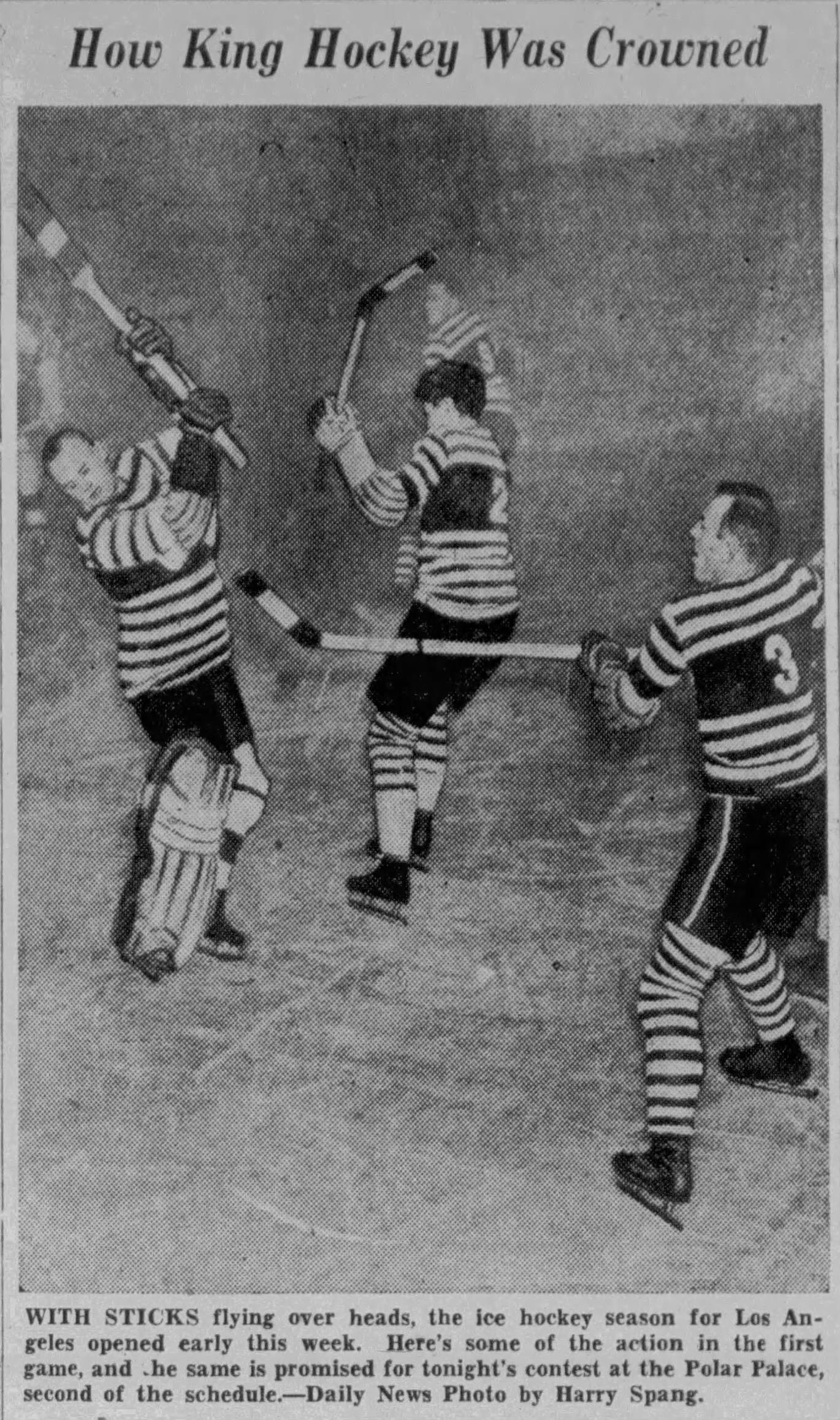
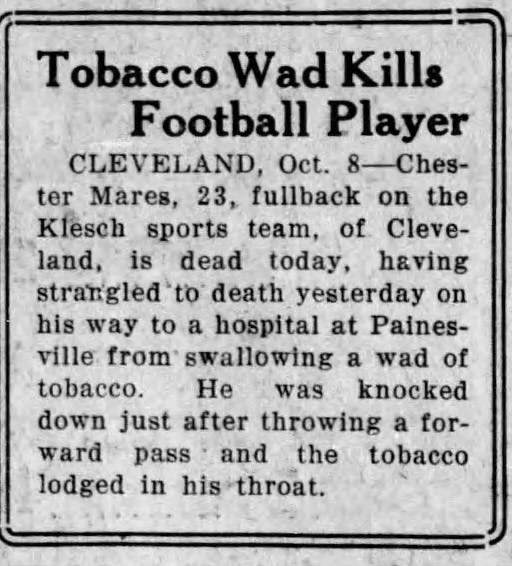
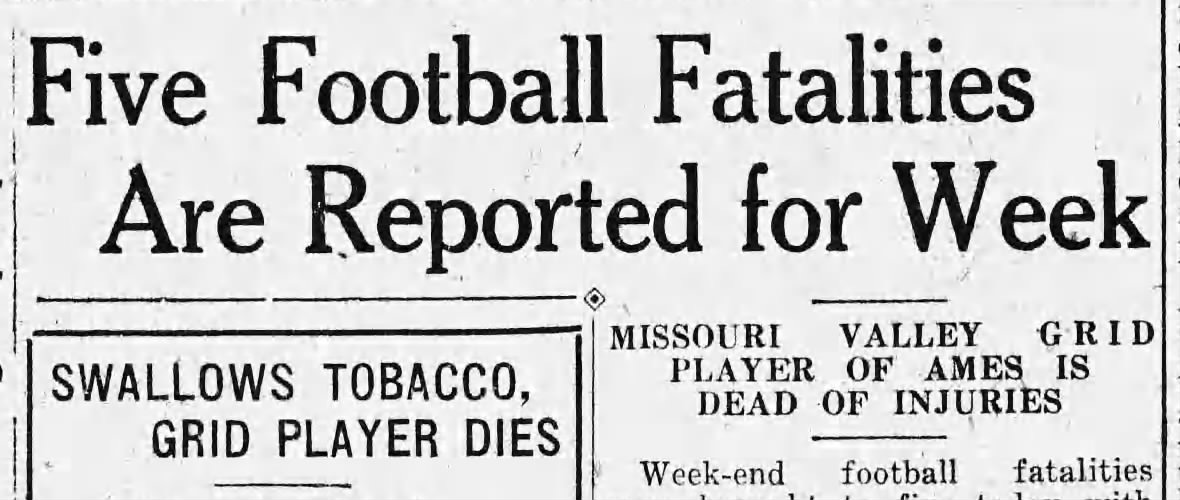
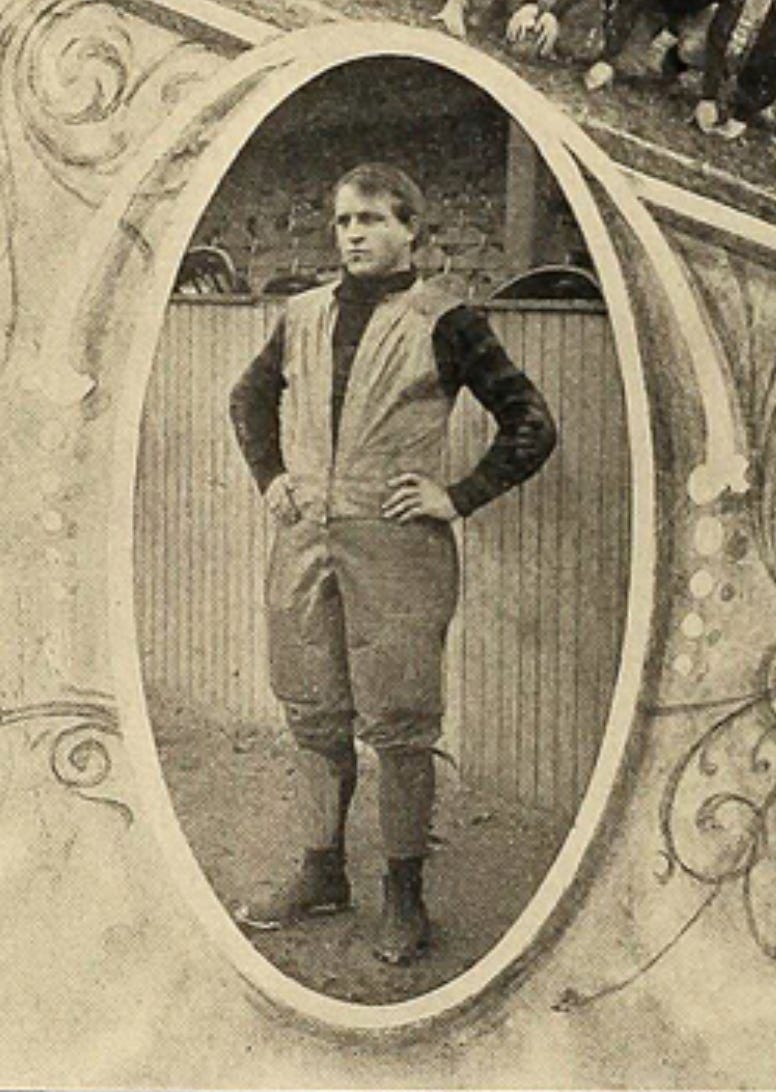
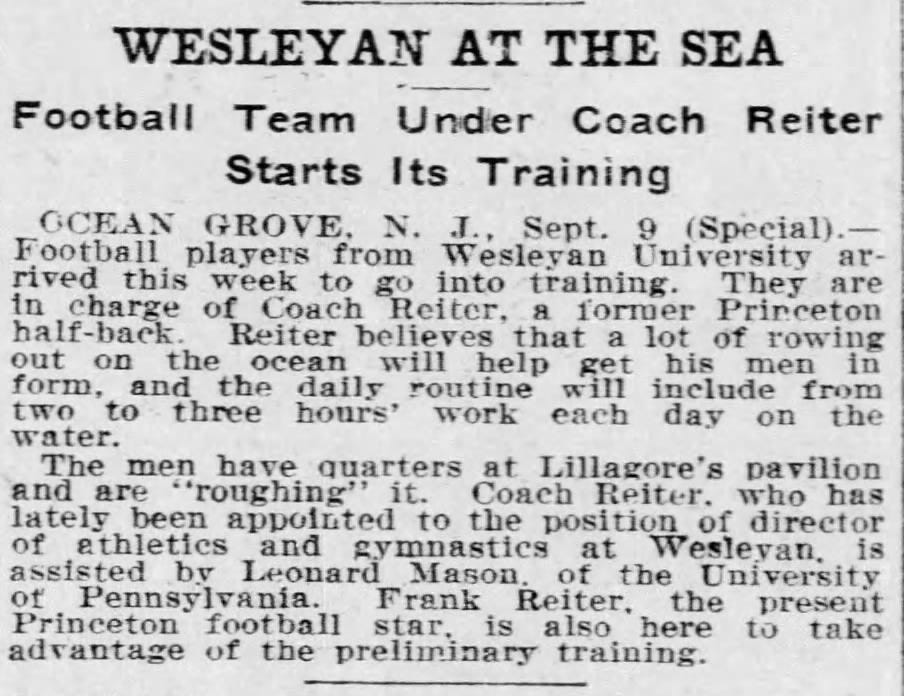
There are more stripes in that hockey image than a zebra in old prison garb.